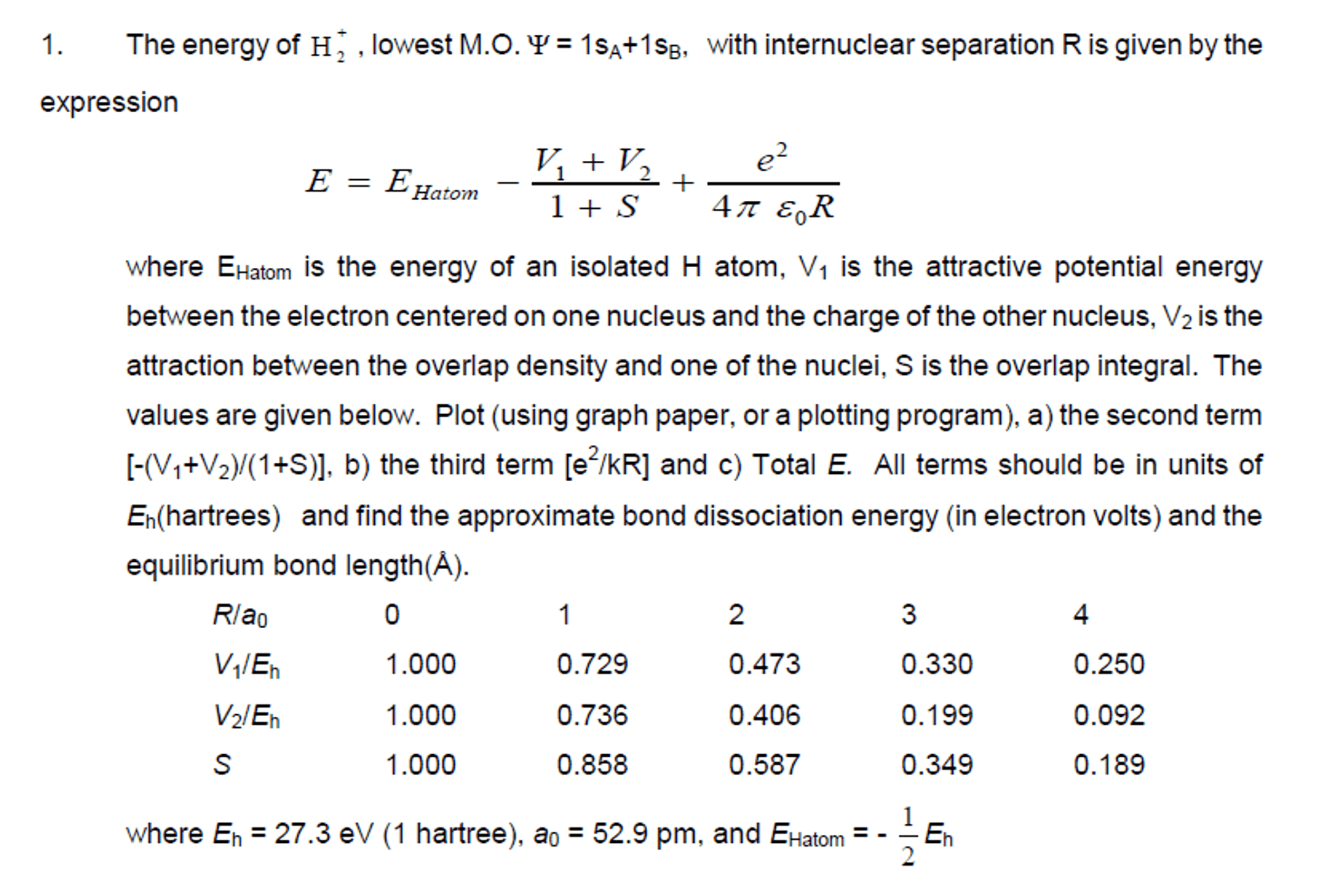CHMA10H3 Chapter Notes - Chapter 11: Molecular Orbital Theory, Orbital Hybridisation, Chemical Bond

36
CHMA10H3 Full Course Notes
Verified Note
36 documents
Document Summary
Lewis theory, does not help explain why metals conduct electricity, and how semiconductors work. Potential energy- net energy of the interaction of atoms. At very small internuclear spaces, repulsive force exceeds attractive force and the potential energy is + At intermediate distances, attractive force predominates and the potential energy is. In molecules, the nuclei vibrates but the avg internuclar space remains constant (bond length) The potential energy is the negative of the bond-dissociation energy. 11-2 introduction to the valence-bond method region of high e" probability in h atom 1s orbital. When 2 h come together, the 1s orbital"s in each atom overlap bond is produced b/c of high e" probability found in overlapped region. Valence-bond method covalent bond formation when atomic orbital"s overlap. Covalent bond created when half filled orbital"s overlap or the overlap of one filled orbital with an empty orbital from another atom.



